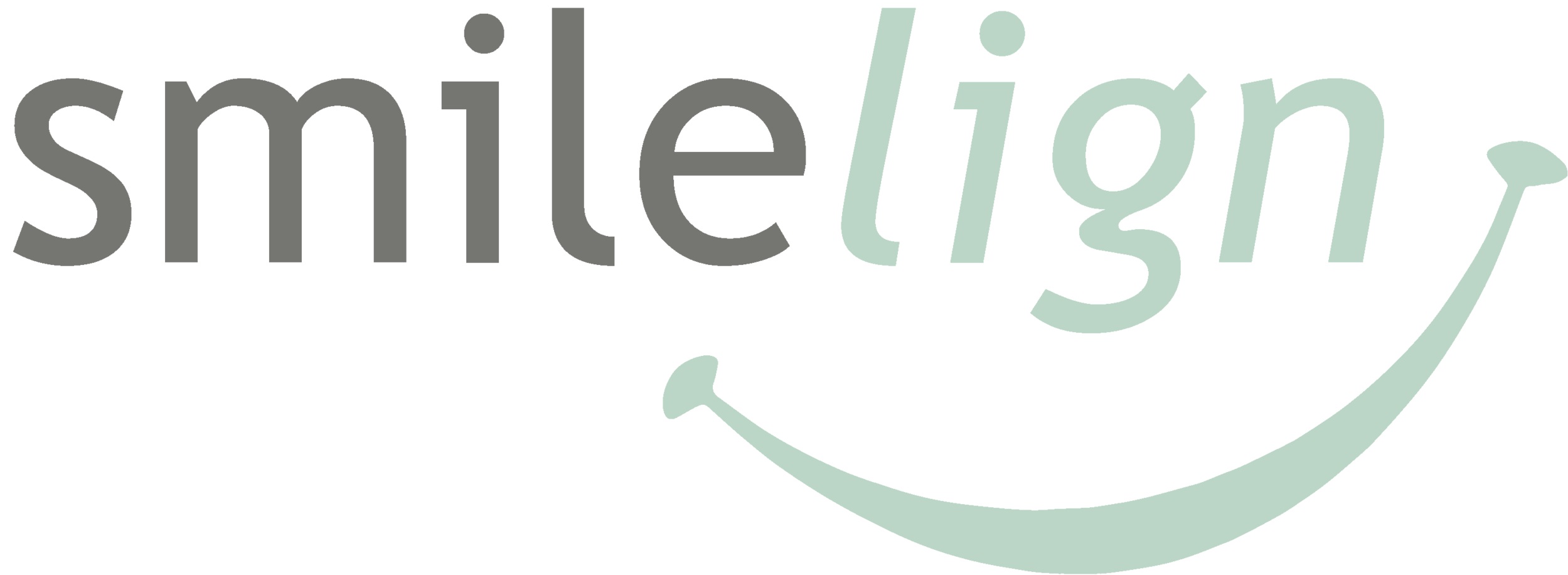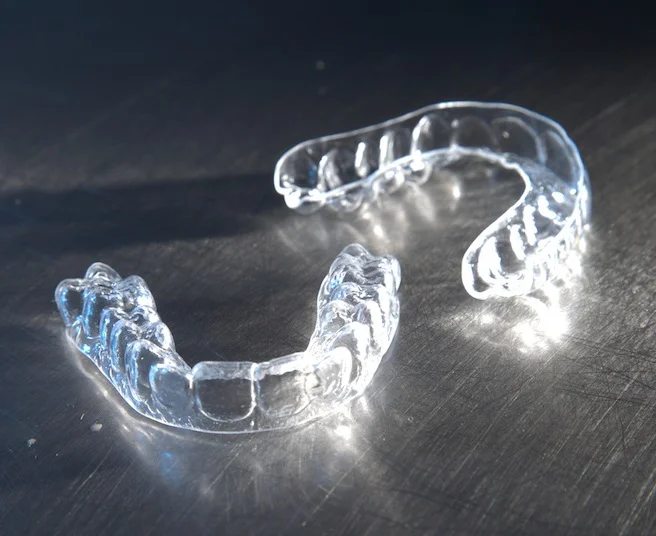Can invisible braces be used to fix overjet & reverse overjet (underbite)?
A treatment alternative to traditional metal brackets, invisible braces can pose many lifestyle benefits and are used to combat a number of alignment issues. Used mainly for aesthetic concerns, such as tooth crowding and spacing, many people are unaware that clear braces can also help correct issues such as overjet and underbite. Here we discuss the options available to patients, and how clear braces can form part of the journey towards their future smile.
What is overjet?
First, for non-dentists that may be reading, it is important to understand what is meant by overjet and underbite:
Overjet: so, what does overjet mean in dentistry? Overjet is term for when the top teeth point forwards, or protrude, over the bottom teeth. This is most noticeable from a profile view and is more colloquially called ‘buck teeth‘.
Reverse overjet: also referred to as a Class III malocclusion, an underbite is a condition in which the lower teeth are further forward than the upper.
What levels of overjet can you treat with clear braces?
When looking to move teeth, the degree needed to rectify any alignment issue can be categorised into mild, moderate and severe, with treatment increasing in complexity at each stage.
Overjet: Mild cases of up to 2mm of overjet correction are simple to treat with clear braces, with a couple of options available. The first option is to align the lower teeth to improve their overall appearance, whilst also gently pushing them forwards to close the gap between the two dental arches. A second option is to use Interproximal Reduction (IPR) on the upper teeth to create more space to move back. If the lower teeth are already aligned, it is best to try and move the upper arch (option 2). However, if there is crowding on the lower, it may be better to revert to the first option. For moderate cases of up to 4mm+, clear aligners can be used to reduce the degree of spacing between the two arches, but will not close the gap completely - leaving patients with a slight overjet. What is key with aesthetic orthodontics is that the patient's wants are met. If complete closure of the gap is requested, then clear aligners are not the treatment for that particular patient. Most people will have a natural overjet of 1 or 2 mm.
Reverse overjet: Patients that are edge-to-edge or have a mild underbite can be improved using clear aligners. Options include: moving the upper teeth forward, the lower teeth back, or proclining the upper teeth. As a reverse overjet is more of a structural issue relating to the jaw, it is harder to rectify with clear braces alone. For moderate to severe cases, the teeth can be straightened to improve them aesthetically, but the Class III occlusion will still remain. For such complex cases, clear aligners are not the recommended treatment. Patients with such occlusion should consult their dentist, who may refer them on to an orthodontist.
Why can't we treat more difficult cases of overjet and reverse overjet?
Overjet: For those with a severe overjet, orthodontics will position the teeth in the best place aesthetically. However, as a severe overjet is often a skeletal issue, surgery may be the only viable option, advancing the mandible to form an ideal anterior occlusal relationship. Invasive in nature, this is a decision not to be taken lightly and will require careful consideration.
Reverse overjet: Though clear braces can resolve a number of concerns - there are limitations to what can be achieved. As briefly mentioned above, a severe reverse overjet/Class III relates to the lower jaw and will likely require structural alterations to the bone in order to fix. Teeth can be moved to a degree (typically straightened), but surgery may be needed to fix the alignment of the bite. As with a severe overjet, this is an invasive procedure and requires deliberation.
If we can't move to what a patient desires, what can be done?
Overjet: Patients with a moderate overjet of 4mm+ have the option to straighten their teeth with clear braces, whilst also slightly reducing the degree of spacing between the upper and lower arch. If the aim for the patient is a straighter smile, rather than a resolved overjet, this may be the best option. There are also options for expanding the arch and also extraction, which could involve removing a set of pre-molars to create more space to move the upper teeth back.
Reverse overjet: Those with edge-to-edge or minor underbite could use an upper removable expander to widen the arch and create more space for tooth movement. This is useful if there is moderate crowding of the arch. Additionally, if the position of the teeth is only a small issue for the patient, they can still undergo treatment to straighten their teeth with clear braces to improve the overall appearance of the teeth. This can typically involve proclining (tilting) the upper teeth forwards. Those with moderate to severe Class III will need surgery to correct the alignment of their jaw before commencing orthodontic treatment.
If you are considering any orthodontic treatment we strongly recommend that you discuss with your dentist - they will be able to offer advice and guidance, and refer you on to an orthodontist should the case be too complex or should they not offer treatment themselves. We do not recommend systems that do not involve direct face to face contact with a dentist as diagnostic tests may need to be undertaken to ensure the patient is suitable for the suggested treatment.
If you are interested in Smilelign clear braces please find your nearest provider here. You can also read testimonials on our patient results page. Questions? Please get in touch!

